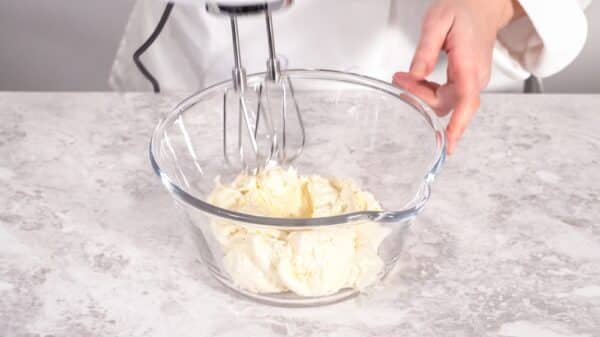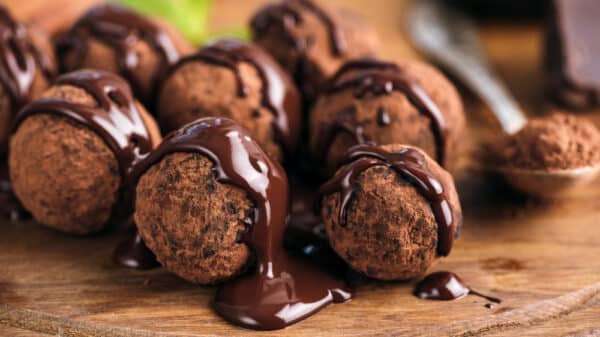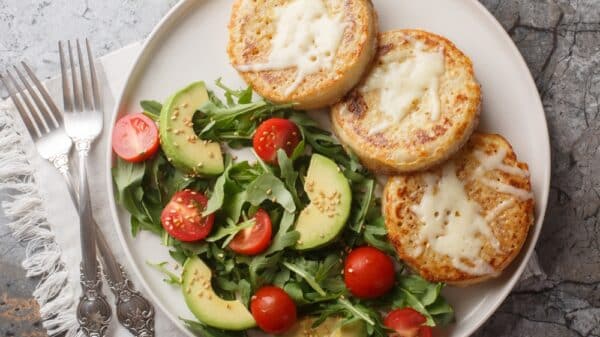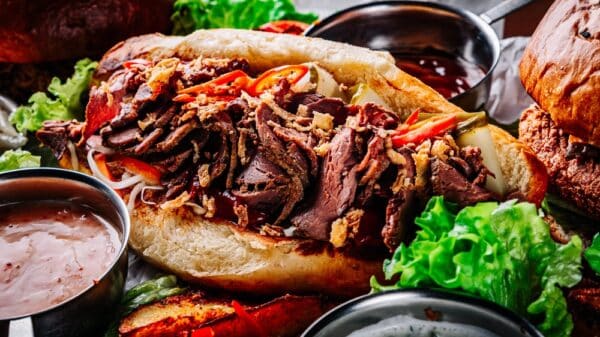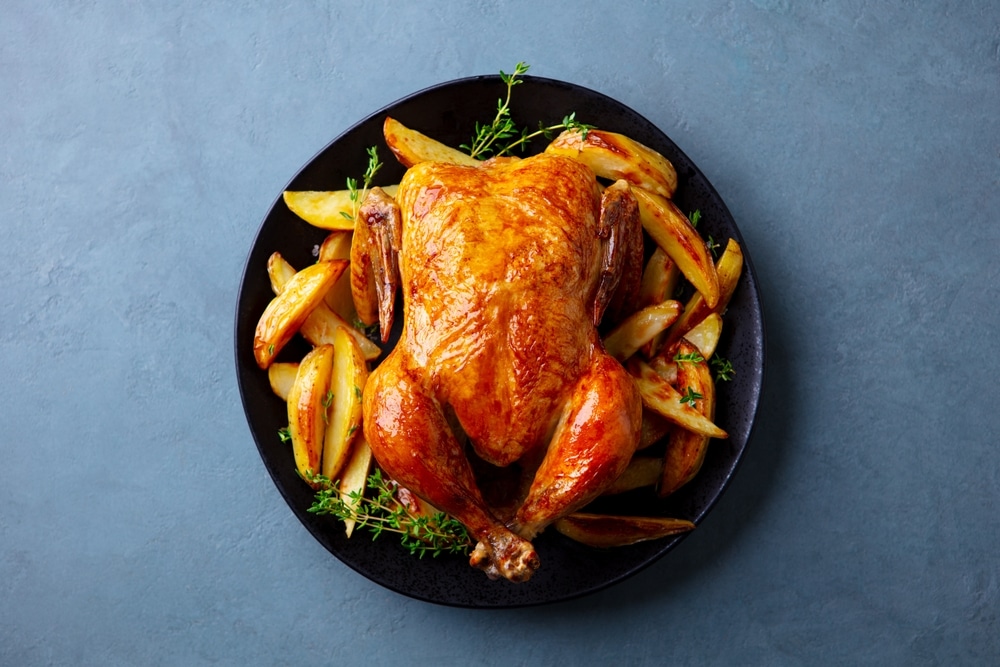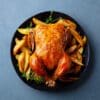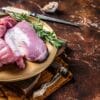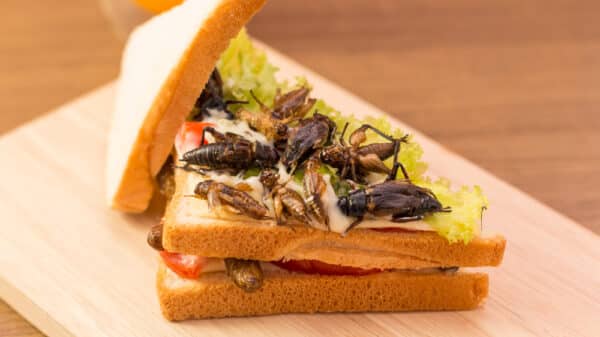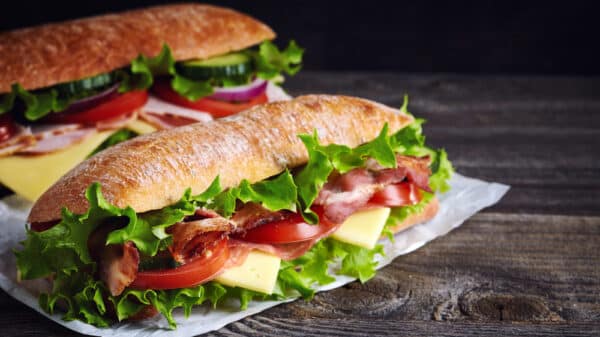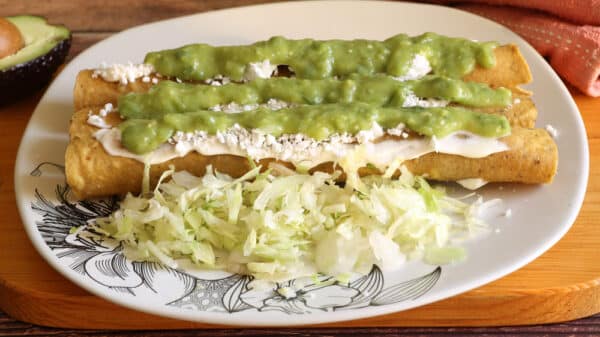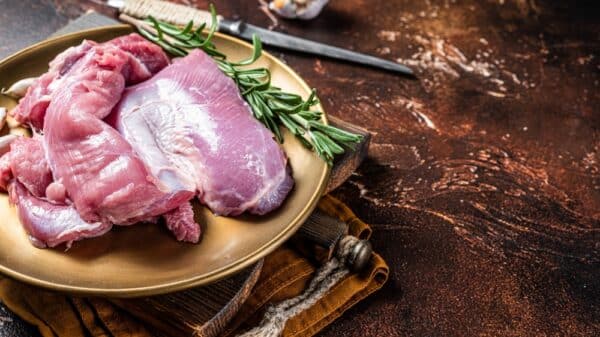“For a sizable bird, you unquestionably need to implement some changes to ensure you don’t end up with dry meat,” mentioned Som. The initial line of protection, as per him, is a cover of tinfoil to trap moisture and retain all those essential juices, but only after the bird’s skin has adequately browned. “Moreover,” he elaborated, “here’s a situation where butter is your ally — in addition to tenting the bird, ensure you massage the bird with ample butter (beneath the skin and also on top) to help keep the meat succulent.” You can utilize all the wonderful butter and drippings in the roasting tray to baste your turkey throughout the cooking period, Gordon Ramsay style.
Show off those knife skills
Your holiday customs may involve placing the turkey in the oven, starting the timer, and then rushing to complete all your favored side dishes before the bird is ready. (By the way, if you seek inspiration, we compiled a list of the 60 finest side dishes for Thanksgiving.) However, don’t make yourself so occupied that you overlook rotating your turkey halfway through, as Peter Som highlighted that this assists in guaranteeing uniform cooking. You will make that time up, nonetheless, because larger turkeys demand additional time both in and out of the oven. “Permit extra resting time after the bird is removed — at least 30 minutes (but even more is preferable) so that the juices can completely redistribute,” Som informed us.
Alternatively, if you are skilled with a knife and feel bold, Som suggested you might contemplate spatchcocking the bird before cooking. A technique often employed to prepare whole birds, Som explained that this involves “removing the backbone, which effectively flattens the bird (and all the skin is facing upwards, so you’ll enjoy crispy skin all over — an added perk!), which will not only reduce cooking time but also promote much more even cooking.”
Image Source: Anna_Pustynnikova / Shutterstock




